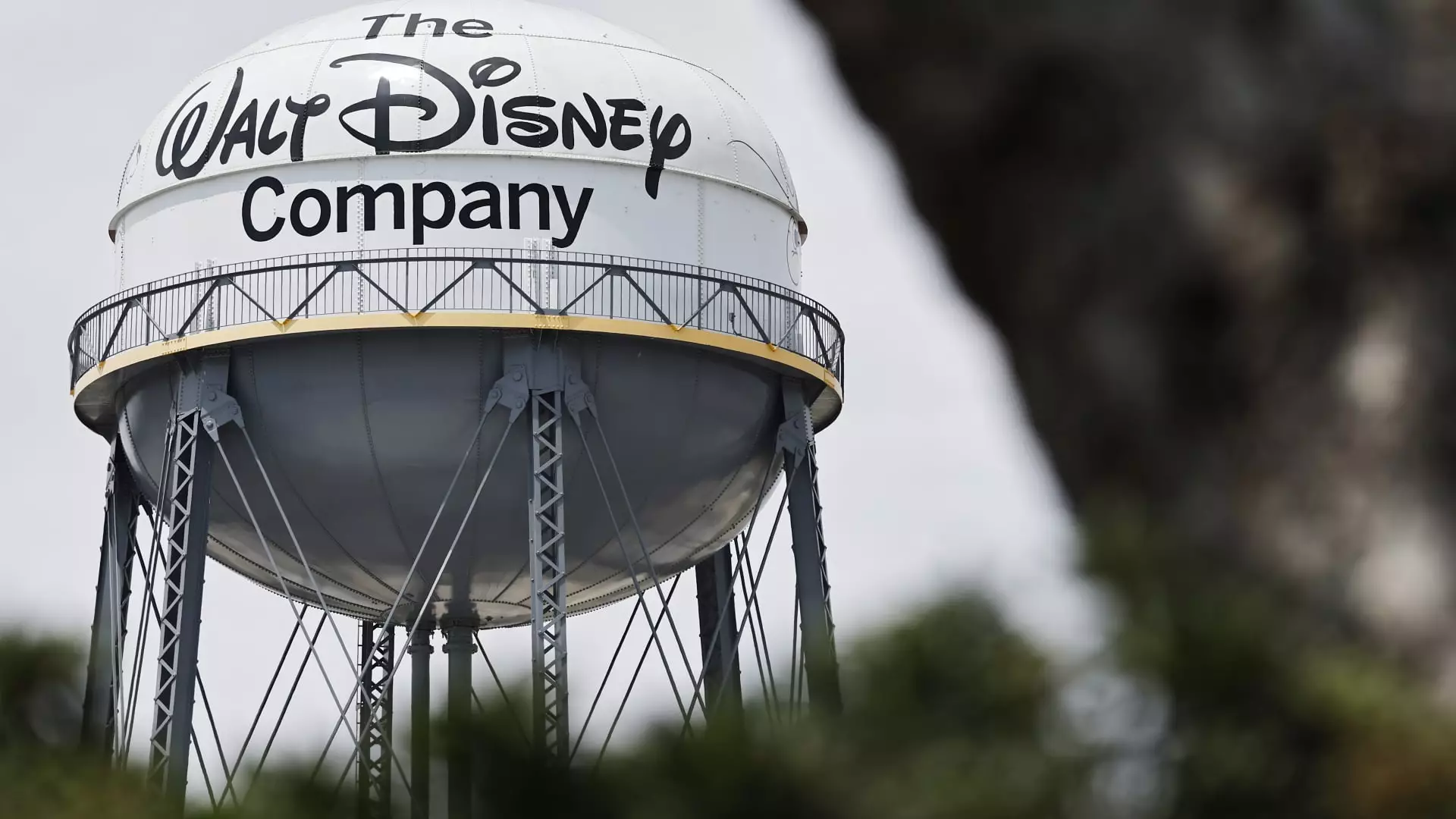Disney’s upcoming earnings report promises to showcase the company’s resilience, but beneath the surface, questions linger about its long-term viability. Wall Street’s expectations, with projected earnings per share at $1.47 and revenue at nearly $24 billion, may reflect a veneer of stability. Yet, these numbers are more indicative of short-lived momentum rather than genuine, sustainable growth. The entertainment giant is at a crossroads—caught between nostalgia-driven loyalty and the harsh realities of a rapidly evolving digital era that demands innovation beyond traditional media models.
The Streaming Gambit: A Costly Bet on the Future
Much of Disney’s current narrative hinges on its aggressive push into streaming, particularly through its ESPN app. Although the company claims that ESPN will house all its content for $29.99 a month, critics might argue that this move is too little, too late. With consumers increasingly abandoning cable bundles, Disney’s strategy appears reactive rather than proactive. Meanwhile, competitors like Fox launching their own streaming services at lower prices emphasizes the industry’s race to capture viewer attention—yet the profitability of these ventures remains uncertain. Disney’s earlier claims of streaming profitability may be overly optimistic, as accumulating subscriber counts have yet to translate into consistent profits, and mounting content costs threaten to derail the entire endeavor.
The Illusion of Expanding Physical and Experiential Assets
While Disney boasts about a 6% increase in experiences revenue—proof of a resilient brand—this metric conceals underlying vulnerabilities. Domestic theme parks are doing well, but international revenues are slipping, reflecting global economic headwinds and geo-political tensions. The recent announcement of a new Abu Dhabi resort may generate headlines, but such ambitious expansion is risky and capital-intensive. In an era where consumers are increasingly scrutinizing their spending, the notion that theme parks and resorts will sustain overall growth overlooks a fundamental shift: more audiences are drawn to experiences that are accessible digitally, and Disney’s attempts to diversify into physical escapades may not be enough to offset declines elsewhere.
The Hidden Dangers of Over-Reliance on Traditional Strengths
Disney’s historical reliance on beloved franchises and theme parks has masked deeper strategic shortcomings. The company’s obsession with growth through expansion—both digital and physical—has often undervalued the importance of innovation and inclusivity. As social and cultural dynamics evolve, Disney risks alienating audiences if it fails to adapt its content and corporate values accordingly. Its traditional appeal, while comforting, cannot be a substitute for forward-thinking that embraces diverse voices and new storytelling methods. Without this adaptation, Disney’s future looks more like a fragile illusion rather than a solid empire capable of weathering the turbulent waters of modern entertainment.


Leave a Reply